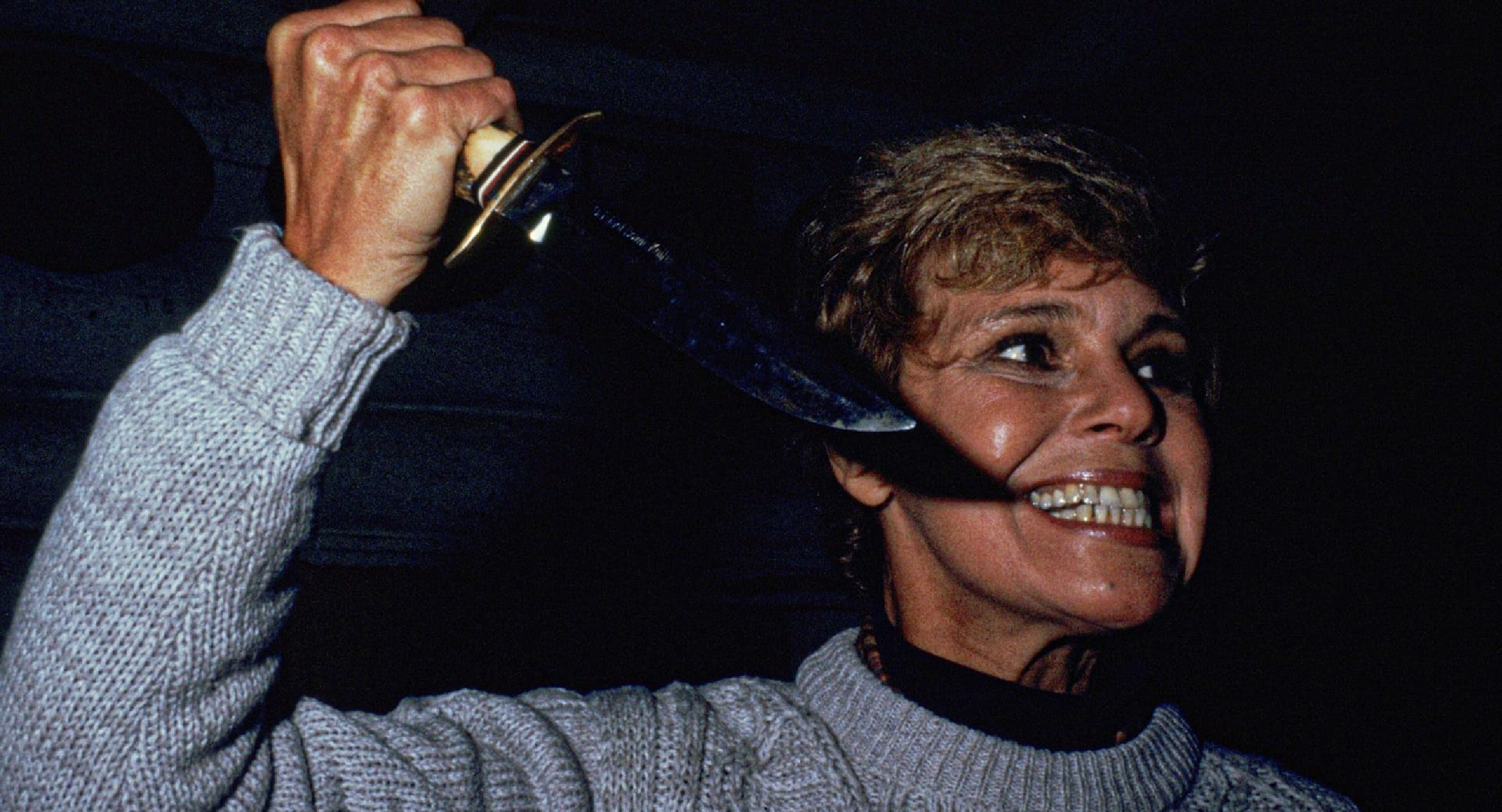Friday the 13th – Film Review
Published September 14, 2023

Crystal Lake’s history of murder doesn’t deter counselors from setting up a summer camp in the woodsy area. Superstitious locals warn against it, but the fresh-faced young people — Jack, Alice, Bill, Marcie, and Ned — pay little heed to the old-timers. Then they find themselves stalked by a brutal killer. As they’re slashed, shot and stabbed, the counselors struggle to stay alive against a merciless opponent.
In the annals of horror cinema, few franchises have left as indelible a mark as Friday the 13th. Sean S. Cunningham‘s 1980 classic is often hailed as the progenitor of the slasher genre, setting the stage for countless imitators and sequels. But beneath the surface, this film’s legacy is more complicated than it seems. As we delve into the murky waters of Camp Crystal Lake, we find that Friday the 13th is a mixed bag of cinematic tricks and treats that ultimately falls short of its iconic status.
Before we get to the meat of the film, it’s worth noting that the setting is one of its stronger points. Camp Crystal Lake, with its serene lake and dense woods, creates an eerie atmosphere that promises chills and thrills. The isolation of the camp is palpable, and it sets the stage for suspenseful moments that should have been the film’s forte.
Unfortunately, Friday the 13th stumbles in its portrayal of characters. With a cast of camp counselors so one-dimensional they barely qualify as characters, the audience is left with little reason to care about their fate. The acting is wooden and uninspiring, a far cry from the powerhouse performances we see in modern horror films. The lack of character development makes it hard to invest in their survival or mourn their inevitable deaths.
The plot of Friday the 13th follows a tried-and-true formula: a group of young people gathers at a remote location, where they are systematically picked off one by one by an unseen killer. While formulaic horror can still be effective, this film struggles to execute it convincingly. The pacing is inconsistent, with long stretches of monotony punctuated by sudden bursts of violence. It’s as if the film can’t decide whether it wants to be a slow-burning thriller or a blood-soaked gore-fest, leading to an uneven viewing experience.
One of the film’s selling points is the mystery surrounding the identity of the killer. “Who is the murderer?” is a question that hangs over the plot, and while it keeps the audience engaged to some extent, the big reveal lacks the impact it should have. The identity of the killer is revealed in a rushed, almost anticlimactic manner, leaving us with a sense of “Is that it?” rather than the shock and awe that should accompany such a pivotal moment in a horror film.
Cunningham’s decision to prioritize gore and shock value over subtlety and psychological horror is evident throughout the film. Yes, the practical effects and makeup work are impressive for their time, and they undoubtedly set a standard for the genre. However, the relentless parade of gruesome murders becomes tiresome. It’s as though the film is trying too hard to shock its audience, and the shock factor loses its effectiveness as the body count rises.
Despite its flaws, Friday the 13th does have some redeeming qualities. The film introduced audiences to a new level of on-screen violence and provided a blueprint for creative and memorable kills in horror cinema. The famous arrow-through-the-throat scene and the decapitation with a machete are still talked about by horror enthusiasts today. These moments are the film’s true legacy, proving that even in its mediocrity, it managed to leave an indelible mark on the genre.
The film’s score, composed by Harry Manfredini, is undoubtedly one of its strong points. The chilling “ki-ki-ki, ma-ma-ma” sound that accompanies the killer’s presence has become an iconic piece of horror music. It adds a layer of tension and unease that the film itself struggles to maintain.
In terms of cinematography, Friday the 13th makes effective use of its location to create an atmosphere of dread. The camera work, though not groundbreaking, captures the isolation and eeriness of Camp Crystal Lake. It’s clear that some effort was put into building tension through visuals.
While “Friday the 13th” may not hold up well under close scrutiny, it’s impossible to deny its cultural impact. The franchise it spawned, featuring hockey-masked killer Jason Voorhees, has endured for decades. It has become a cornerstone of American horror cinema, spawning countless sequels, spin-offs, and even a 2009 reboot.
Friday the 13th deserves credit for its historical significance within the horror genre. However, when viewed with a critical eye, it becomes clear that this film is more notable for its influence than its quality. The shallow characters, predictable plot, and overreliance on gore diminish its effectiveness as a horror film. Still, it cannot be denied that Friday the 13th has earned its place in the pantheon of horror cinema, if only as a flawed but foundational piece of the genre’s history.
